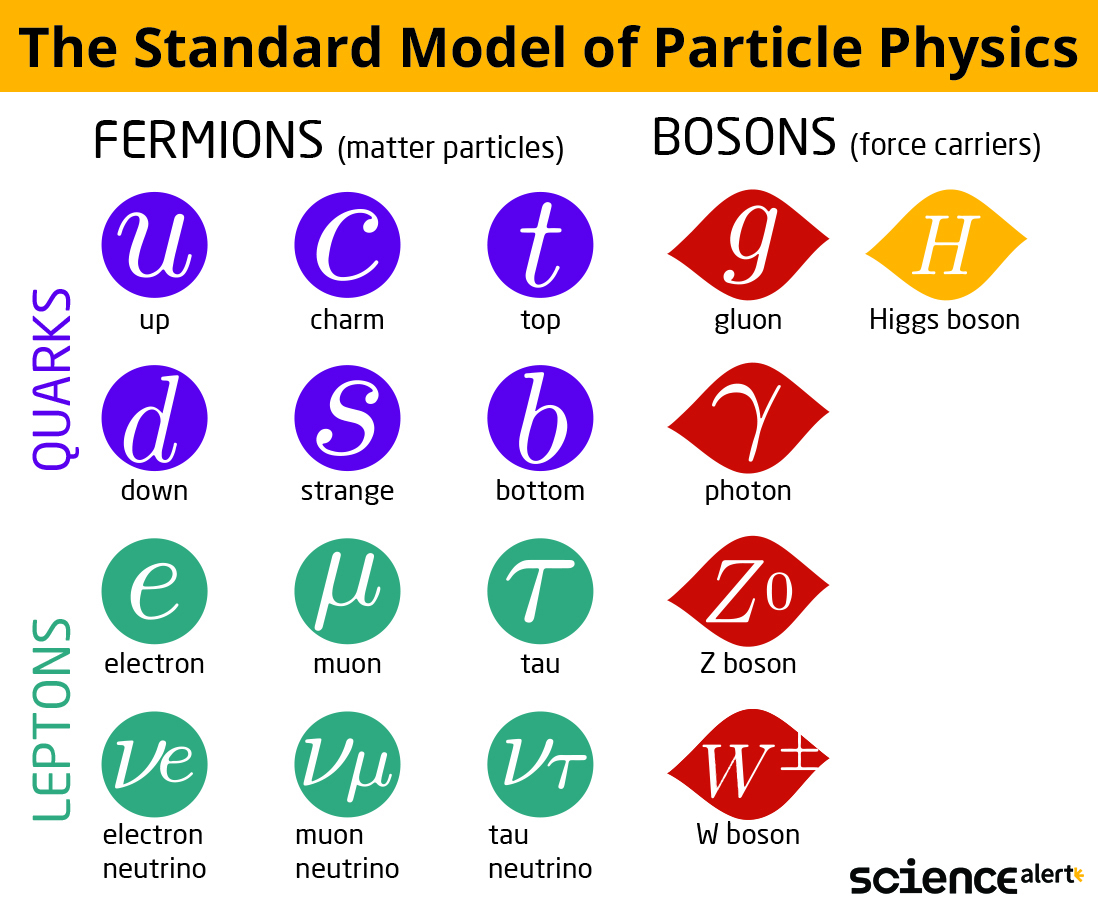Every action in physics is governed by some kind of push or pull. As far as we know, these all fall into one of just four categories; electromagnetism, gravity, and two kinds of nuclear force.
Yet there could well be forces hidden deep within the tiny storms of particle dynamics that have been simply too subtle to easily detect.
Physicists from Germany, Switzerland, and Australia have now placed new restrictions on where one example of a 'fifth' force may be hiding in the hearts of atoms, exchanging whispers between electrons and neutrons.
As handy as our Standard Model of physics is at explaining cosmic and quantum phenomena, there are glaring gaps that leave physicists scratching their heads.
Dark matter remains elusive, for example. Nobody knows why one kind of matter came to dominate after the Big Bang. And gravity is the most questionable member of the force family, lacking a quantum theory to explain its behavior.

Introducing new fields and particles could go a long way to extending the model, and just maybe help explain these mysterious phenomena.
A Yukawa particle is the hypothesized mediator of a possible force within the cores of atoms. If it exists, it would have a subtle influence on how particles making up an atom's nucleus interact with each other, and possibly how they interact with electrons.
Unlike recent attempts to tease out the force's predicted effects on a cosmic scale, physicists behind this latest investigation turned their focus to a far smaller space in the orbitals around the nuclei of four different kinds of calcium.
Electrons are typically confined to their neighborhoods by their attraction to the positively charged particles in the center. Give them a kick, however, and they'll briefly visit a higher orbit in what's known as an atomic transition.
The precise timing of this jump depends largely on the way the nucleus is constructed, meaning an element can have different atomic transitions, each depending on the number of neutrons it has.
Mapping these variations results in something called a King plot, which ought to be predicted in a relatively straight-forward manner by the Standard Model. Finding examples where the plot doesn't match the model could – in theory – indicate a weak additional force operating between neutrons and electrons.
Using five isotopes of calcium in two different states of charge, the researchers measured atomic transitions to a degree that left some wiggle room for a small undescribed force governed by a mediator particle with a mass somewhere between 10 and 10 million electronvolts.
Whatever that ambiguity may be in their calculations, the researchers demonstrated it was largely down to a single factor – which could be a clue towards the existence of a fifth force.
It would take further experimentation and improved calculations to confirm whether any dynamics within their resulting deviations was the result of known physics or the hypothesized Yukawa interaction, but researchers now have a better idea of what to look for at least.
This research was published in Physical Review Letters.
